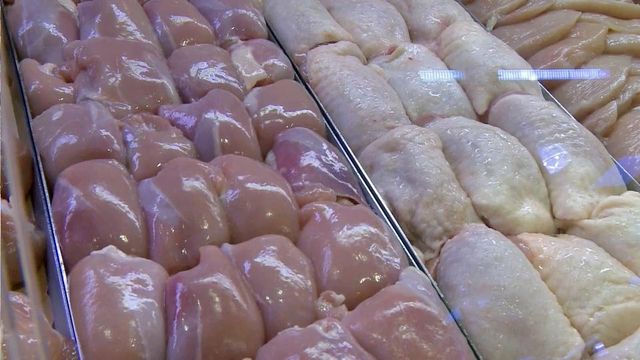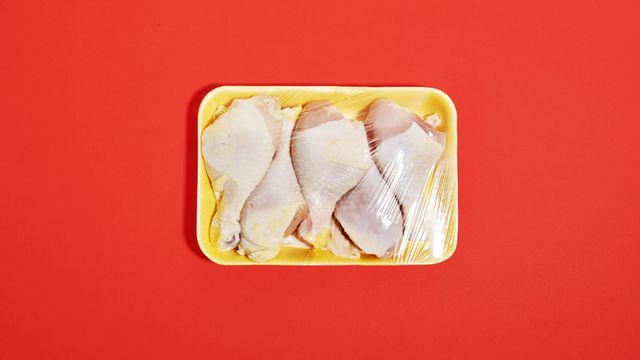The chicken you buy is likely contaminated, and it's perfectly legal.
Chicken is a go-to dinner for most people. But Consumer Reports investigative reporter Rachel Rabkin-Peachman said it comes with risk.
“Bacteria, like salmonella and campylobacter, which are often in raw or undercooked chicken and turkey, are two of the leading causes of bacterial foodborne illness in people," said Rabkin-Peachman.
Together, those two bacteria kill about 450 people each year and make nearly 1.9 million people sick. Around 28,000 people end up in the hospital each year.
"Poultry processors can legally distribute their products, even if they know they may contain harmful bacteria," said Rabkin-Peachman.
The United States Department of Agriculture allows 9.8 percent of whole chicken to be contaminated with salmonella. The percentages with chicken parts and ground chicken are even higher.
The agency says those standards are based on “a risk-assessment process" related to public health goals.
The National Chicken Council, an industry trade group, said about 90 percent of chicken processing plants are “meeting and exceeding” present USDA standards for salmonella on chicken.
But Consumer Reports and some other food safety advocates say it’s not enough. They want the USDA to have a zero-tolerance policy.
Until then, there are steps to make sure chicken doesn't make anyone sick including thawing in the refrigerator,
Until something changes, consumers can take steps to make sure the chicken they prepare doesn’t make anyone sick, such as by not rinsing the chicken first and by using a meat thermometer to make sure it reaches an internal temperature of 165 degrees when cooking.













